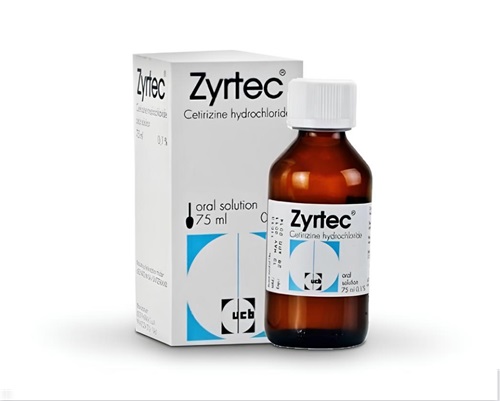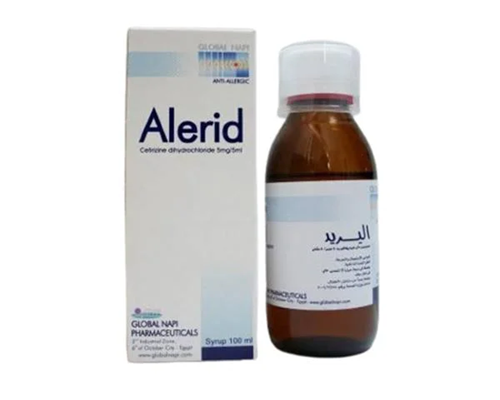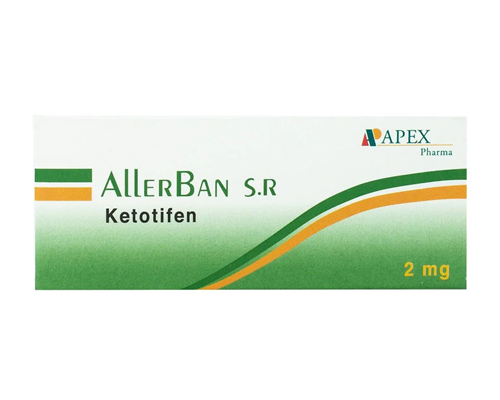Description
Tradename:
Dexamethasone sodium phosphate
Compound:
Each 2 ml ampoule contains:
Dexamethasone sodium phosphate 10.52 mg, which corresponds to the content of dexamethasone 8 mg.
Auxiliary components:
Sodium sulfate anhydrous, sodium metabisulfite, disodium edetate, sodium chloride, propylene glycol, water for injection.
Properties:
Systemic corticosteroid.
Dexamethasone is a synthetic glucocorticoid, the anti-inflammatory effect of which is 7 times greater than that of prednisolone and 30 times greater than that of hydrocortisone.
It has anti-inflammatory, antiallergic, immunosuppressive effects, increases the sensitivity of beta-adrenergic receptors to endogenous catecholamines.
Indications:
Diseases requiring the administration of fast-acting corticosteroids, as well as cases when oral administration of the drug is impossible:
endocrine diseases: acute adrenal insufficiency, primary or secondary adrenal insufficiency, congenital adrenal hyperplasia, subacute thyroiditis;
shock – if vasoconstrictors, plasma replacement drugs and other symptomatic therapy are ineffective;
cerebral edema (with a brain tumor, traumatic brain injury, neurosurgical intervention, cerebral hemorrhage, encephalitis, meningitis, radiation injury);
status asthmaticus, severe bronchospasm;
severe allergic reactions, anaphylactic shock;
rheumatic diseases;
systemic connective tissue diseases;
acute severe dermatoses;
malignant diseases: palliative treatment of leukemia and lymphoma in adult patients; acute leukemia in children; hypercalcemia in patients suffering from malignant tumors when oral treatment is not possible;
blood diseases: acute hemolytic anemia, agranulocytosis, idiopathic thrombocytopenic purpura in adults;
severe infectious diseases (in combination with antibiotics);
in ophthalmological practice (subconjunctival, retrobulbar or parabulbar administration): allergic conjunctivitis, keratitis, keratoconjunctivitis without damage to the epithelium, iritis, iridocyclitis, blepharitis, blepharoconjunctivitis, scleritis, episcleritis, inflammatory process after eye injuries and surgical interventions, sympathetic ophthalmia, immunosuppressive treatment after transplantation and cornea;
local application (in the area of pathological formation): keloids, discoid lupus erythematosus, granuloma annulare.
Directions for use and dosage:
The dosage regimen is individual and depends on the indications, the patient’s condition and his response to therapy. The drug is administered intravenously in a slow stream or drip (for acute and emergency conditions); i/m; local (into the pathological formation) administration is also possible. To prepare a solution for intravenous drip infusion, you should use an isotonic sodium chloride solution or a 5% dextrose solution.
In the acute period for various diseases and at the beginning of therapy, Dexamethasone is used in higher doses. During the day, you can administer from 4 to 20 mg of Dexamethasone 3-4 times.
Doses of the drug for children (i.m.):
The dose of the drug during replacement therapy (for adrenal insufficiency) is 0.0233 mg/kg body weight or 0.67 mg/m2 body surface area, divided into 3 doses, every 3rd day or 0.00776 – 0.01165 mg/kg body weight or 0.233 – 0.335 mg/m2 body surface area daily. For other indications, the recommended dose is from 0.02776 to 0.16665 mg/kg body weight or 0.833 to 5 mg/m2 body surface area every 12-24 hours.
When the effect is achieved, the dose is reduced to maintenance or until treatment is stopped. The duration of parenteral use is usually 3-4 days, then they switch to maintenance therapy with dexamethasone tablets.
Contraindications:
For short-term use for health reasons, the only contraindication is hypersensitivity to dexamethasone or the components of the drug.
The drug should be prescribed with caution for the following diseases and conditions:
gastrointestinal diseases – gastric and duodenal ulcers, esophagitis, gastritis, acute or latent peptic ulcers, recently created intestinal anastomosis, ulcerative colitis with the threat of perforation or abscess formation, diverticulitis;
parasitic and infectious diseases of a viral, fungal or bacterial nature (currently or recently suffered, including recent contact with a patient) – herpes simplex, herpes zoster (viremic phase), chicken pox, measles; amebiasis, strongyloidiasis; systemic mycosis; active and latent tuberculosis. Use for severe infectious diseases is permissible only against the background of specific therapy.
pre- and post-vaccination period (8 weeks before and 2 weeks after vaccination), lymphadenitis after BCG vaccination;
immunodeficiency conditions (including AIDS or HIV infection);
diseases of the cardiovascular system (including recent infection









